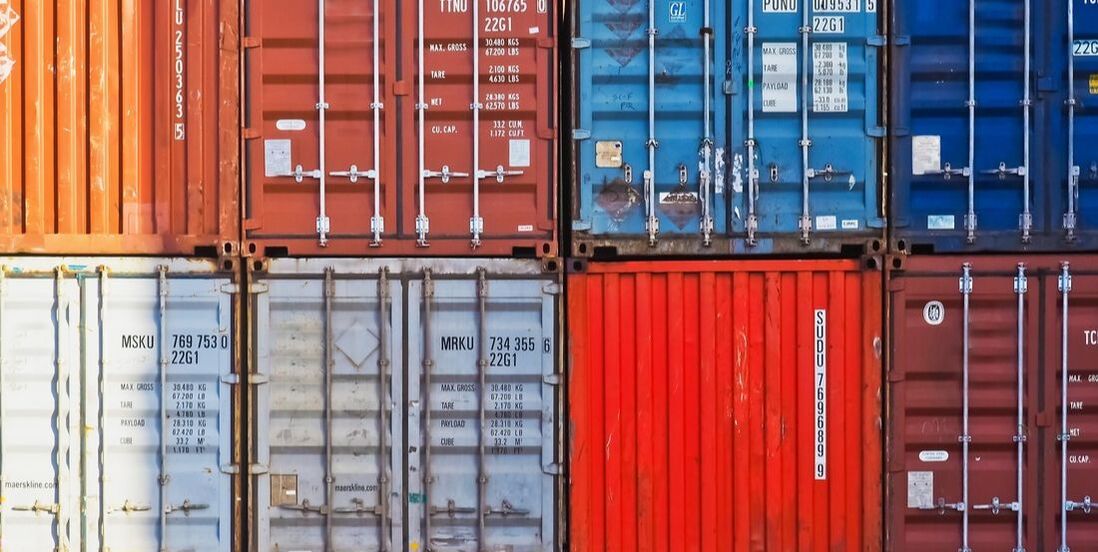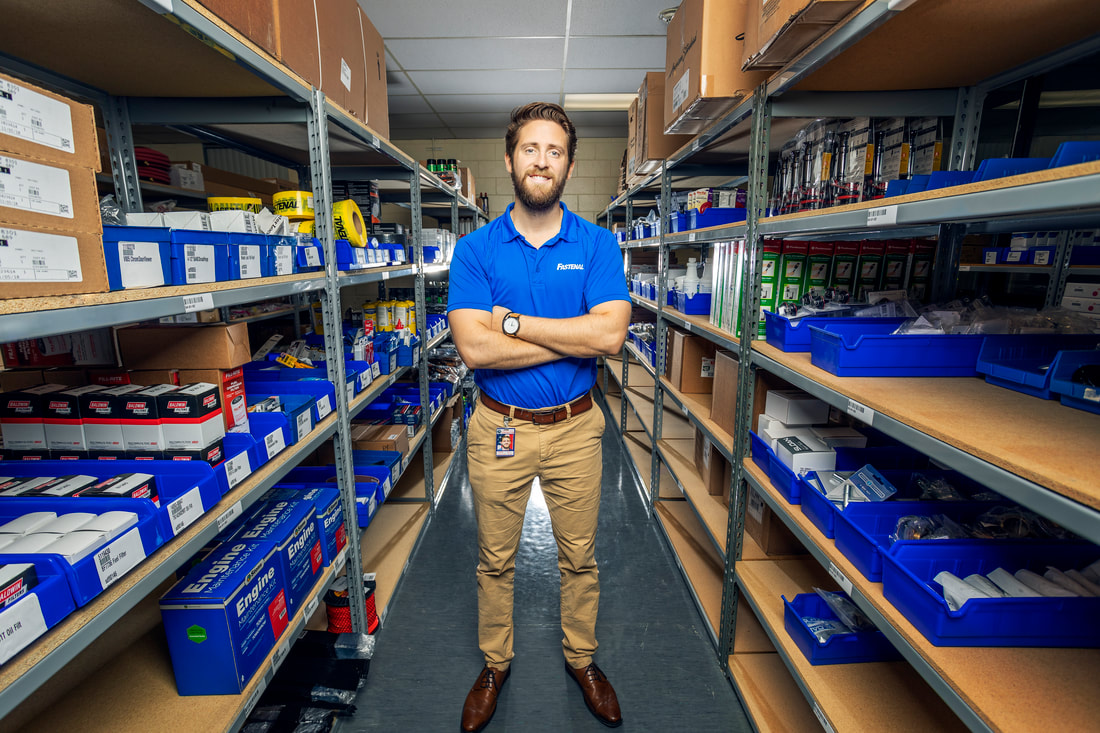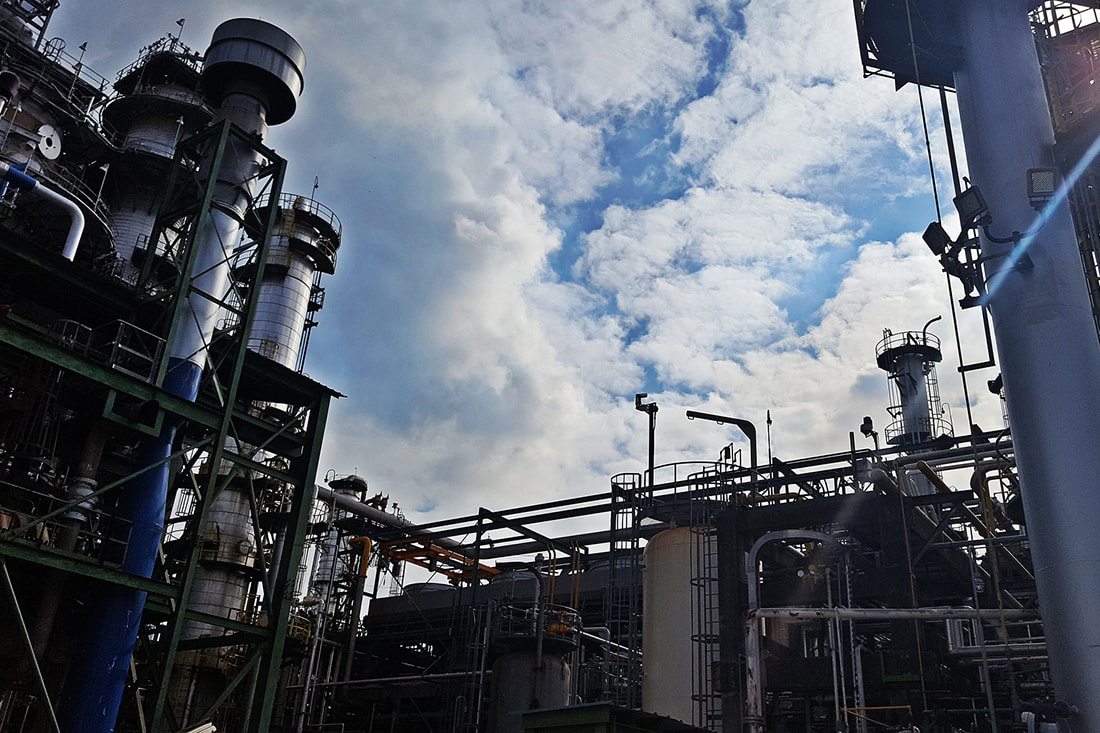What can you expect from a post-pandemic world?
Updated May 5, 2023
By Blue Print Editorial Team
By Blue Print Editorial Team
|
To better understand what we are all likely to face in the world of supply chains, we sat down with Heath Hazard. With two decades of experience, he explains where we are currently, and what we are likely to see moving forward.
What can we expect from a post-pandemic world? Shifting from the peak of the pandemic to the new normal we’re seeing, and we're going to continue to see, the long-term effects that COVID has put on supply chains. So, in the months ahead, for supply and demand, there continue to be challenges for many of us, and I think that some areas that everyone will need to keep an eye on are going to be rising freight costs, price increases, and delays in shipping. What are some bullet points to go along with each of those areas you just mentioned? Just based on market conditions, everywhere you look globally, supply chains are a mess, and we're seeing transportation costs continuing to rise. Both diesel and unleaded fuel are up. And when you look at importing, we're continuing to see congestion at the ports, plus container shortages. All of this is causing issues with lead times and supply chain disruptions. Also, we’re seeing, even domestically, steel prices are continuing to rise. Cost increases or shortages on items like packaging materials, petrochemical, semiconductors, you are reading about them every day in the papers. And all of this really is leading to cost increases from vendors and sometimes with very little notice. Obviously, it's also leading to unproductive time being spent on sourcing and the expediting of orders, which brings additional freight costs or having to settle for product substitutions just to fill in the gaps that are being created in the supply chain, which ultimately is going to have an impact on companies’ profit margins and bottom lines. So what do we recommend? What steps are out there that people can be looking at? The economic impact is unclear at this point, but I just keep rolling through my head something I remember hearing once was that during a significant disruption, 25% of businesses end up failing, 70% find a way to survive, and only 5% find a way to thrive. And if we're looking to be a part of that 70% or, better yet, that 5% that thrives, I personally feel it begins with not simply focusing on the symptoms that are materializing but identifying and addressing the root issues. So, I think the premise hasn't changed. Everyone should be evaluating, “What are the greatest challenges and risks in my supply chain, and are there opportunities to improve upon them during this disruption?” In this case, COVID has simply exposed the deficiencies that already existed in a supply chain and then strained it even further, causing many people to become reactive. From here, my recommendation would be instead of employing the lowest cost strategy, try to find a dependable supplier that can offer you a strategic partnership where they can positively impact your bottom line. Because that partner, they're focused on bringing you value and value not only in the form of the obvious, which is eliminating delays in getting what you need, but also by being innovative and in collaborating with you to find ways to automate your supply chain. Because automating your supply chain will allow you to focus more on your core competencies and what you do best. So leverage a partner to drive innovation and efficiency in your business. That will help enable you to transition from being reactive in the face of disruption to being proactive or perhaps better even predictive. So even though we don’t know what the next disruption will be, by having a strategic partner, people can be prepared. Absolutely, I think that an innovative supplier is someone who can provide you technology as a solution, that's going to create improved visibility. It's going to add controls, and it can measure activity around transactions, which then provides you data points, and that's what's needed to process change and really mitigate risk in the face of disruption. I spoke with Jeff Hicks, our VP of solutions, and I think he framed up visibility and control best by saying technology can bring a digital view to your current inventory state. Data captured can organize and help speed up the ability to analyze and really identify problems before they happen. So visibility via technology can provide a proactive approach to disruption. And it offers controls, too. Automated supply chain technology can limit consumption as inventory levels tighten. So controls can really help in identifying what is creating unneeded waste on critical items. Oftentimes, you can even program notices or alerts to let you know which items are a concern before you hit a stock-out. So technology helps capture activities or behaviors in the supply chain, which today are assumption-driven as opposed to data-driven. Is there anything else to be aware of as we hopefully move out of the pandemic? Just looking at partnerships. Anytime we talk about partnerships, it always begins with the Three Cs: commitment, communication, and continuous improvement. To me, both sides have to be committed to the success of the partnership. There's got to be a clear and open line of communication at all times, and once systems are automated, there has to be an expectation to focus on continuous improvement. How do we continue to measure and validate the success of the program so that the partnership continues to be relevant and successful even in the face of disruption? My goal is always to figure out how can we win the war and fight in the fewest battles necessary. By doing so, we can help build a resilient supply chain for our partners. We can navigate disruption together and really position ourselves to thrive in a post-pandemic world. You may also like: Vertical Divider
|
Like what you're seeing here? Subscribe to the Blue Print for FREE and get the magazine sent right to your address.
|





